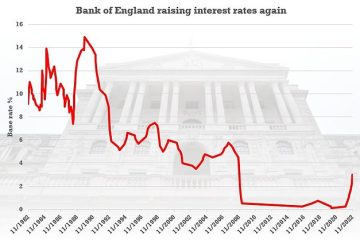The Role and Significance of the Perp Walk

Introduction
The perp walk, short for ‘perpetrator walk,’ has gained notoriety within the realms of law enforcement and media coverage. This practice involves the public display of a suspect being escorted by police, often after an arrest. Its importance transcends mere spectacle; it serves to communicate law enforcement’s commitment to justice while also feeding the public’s thirst for information about crime and punishment. In recent weeks, the prevalence of perp walks has surged, drawing attention to high-profile arrests and raising questions about their implications for justice and media ethics.
The Recent Surge of High-Profile Perp Walks
In October 2023, the United Kingdom witnessed an array of high-profile perp walks following significant arrests. Notably, several corporate executives were taken into custody as part of an ongoing investigation into fraud and embezzlement. These events not only dominated news cycles but also brought into focus the public’s fascination with the spectacle of law enforcement.
One striking instance occurred when former executives of a major financial institution were arrested and paraded before cameras outside the courthouse. Legal experts noted that the high visibility of such perp walks could serve as both a deterrent to potential fraudsters and a poignant reminder of the consequences of illegal activity.
The Ethical Debate Surrounding Perp Walks
While perp walks can be seen as an essential tool for transparency, they also raise ethical questions. Critics argue that these public displays can undermine the principle of ‘innocent until proven guilty.’ The potential for a media circus surrounding suspects can sway public opinion and trial proceedings, leading to unjust reputations being formed even before formal charges are brought to court.
Legal analysts are now calling for clearer guidelines on how and when perp walks should be conducted, suggesting that authorities balance the need for public information with the rights of the accused. The debate continues as to whether such displays serve the public interest or merely satisfy a voyeuristic urge.
Conclusion
The perp walk remains a potent symbol at the intersection of law enforcement and media culture. As seen in recent public incidents, while they can underscore the pursuit of justice, they also prompt critical discussions about fairness and ethics in the legal system. Moving forward, it is essential for law enforcement agencies, legal professionals, and society at large to weigh the implications of perp walks carefully, ensuring they serve the greater good without compromising individual rights. The future may demand reforms that preserve the dignity of those accused while maintaining accountability in the public eye.









